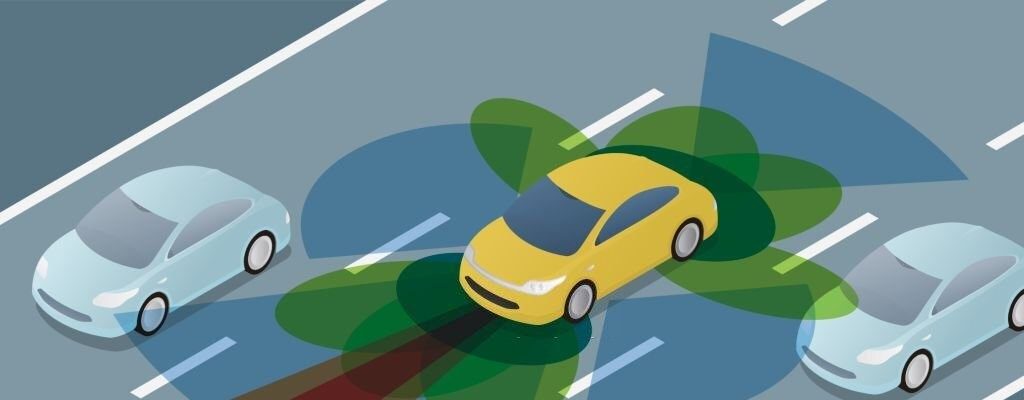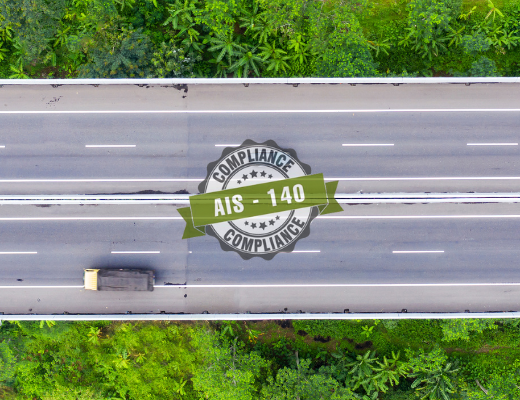Advanced Driver Assistance Systems (ADAS) are a breakthrough in road safety and driving convenience. These state-of-the-art technologies are intended to alert drivers, implement safety measures, and even automate certain driving functions to prevent accidents and increase overall road safety. In this article, we will explore the various features of ADAS, with a particular emphasis on Level 2 autonomous capabilities.
Understanding ADAS
ADAS comprises a suite of safety and convenience functions to enhance driver comfort, road safety, and accident prevention. These systems accomplish these objectives by actively engaging the driver, implementing safety measures within the vehicle, and automating specific driving controls based on the vehicle’s automation level.
Lane Assistance for Safe Driving
- Lane Keep Assist: ADAS utilizes a multipurpose camera to detect lane markings and promptly alert the driver if the vehicle begins to deviate from the lane. It can also take corrective action by actively steering the car to maintain its position in the centre of the road.
- Lane Departure Prevention & Warning: In addition to detecting lane departures, ADAS offers a preventative feature that actively corrects the vehicle’s course to prevent unintentional lane departures. It provides timely warnings to the driver, ensuring vigilant and safe driving.
Eliminating Blind Spots with Rear Drive Assist
- Blind Spot Detection: ADAS comprehensively monitors the vehicle’s surroundings, eliminating blind spots that may go unnoticed by conventional methods such as rearview mirrors, reversing cameras, and sensors.
- Lane Change Assist: When changing lanes, this system detects approaching vehicles at high speeds and warns the driver of potential collisions, ensuring safe lane changes.
- Rear Cross Traffic Alert: During reversing, ADAS identifies vehicles approaching from the rear left or right, alerting the driver through visual and acoustic signals to prevent accidents.
Smoother Rides with Adaptive Cruise Control
- Adaptive Cruise Control is an advanced iteration of conventional cruise control. It monitors the road ahead and automatically adjusts the vehicle’s speed to maintain a safe distance from the car in front, ensuring a smooth and stress-free driving experience.
Preventing Collisions with Forward Collision Prevention
- Front Collision Warning: ADAS alerts the driver when the system detects the possibility of a collision with other vehicles or pedestrians, providing crucial reaction time.
- Automatic Emergency Braking (AEB): In the absence of driver intervention, ADAS autonomously decelerates the vehicle to mitigate the severity of collisions.
Staying Within Speed Limits with Speed Assist
- Speed Warning: ADAS monitors traffic signs and alerts the driver if the vehicle exceeds the speed limit, ensuring adherence to road regulations.
- Intelligent Speed Control: In intelligent mode, the system automatically adjusts the vehicle’s speed to match the posted speed limit, promoting safe driving practices.
- Manual Speed Control: Drivers can manually set their desired speed limit, allowing for customized control over the vehicle’s speed.
Enhanced Visibility with Intelligent Headlamp Control
- This feature intelligently activates and deactivates high-beam headlights, considering oncoming traffic and environmental conditions. This ensures the safety of other road users by preventing glare from high beams.
ADAS is a significant improvement in road safety and driving convenience. Its Level 2 autonomous features help prevent accidents, increase driver awareness, and promote responsible driving practices. As technology advances, ADAS will become even more critical in ensuring safer and more efficient journeys on our roads.



